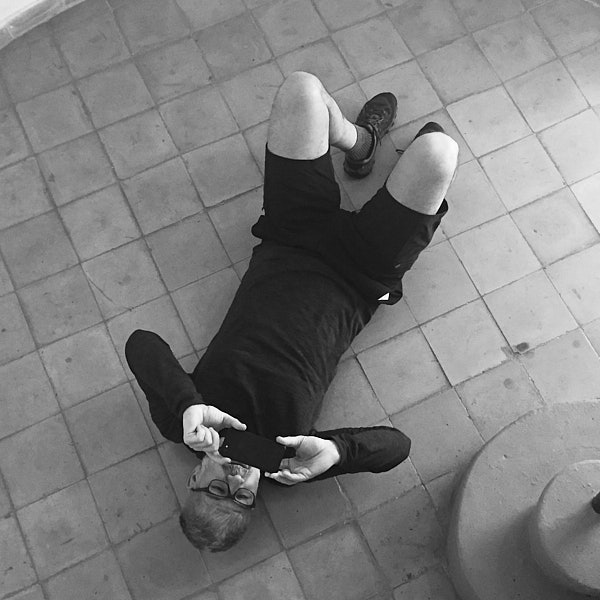Digital Years: An Evolution
Photography has always been a personal constant — a way of seeing that endures, even through long pauses.
I tend to approach it informally, often while walking through cities or unfamiliar places with a camera in hand. What draws my attention are surfaces and structures: colours, textures, geometric forms, and the slow transformations of built environments as they age and decay.
Sometimes that attention turns to nature — not to mirror the city, but to follow different rhythms: shaped by light, form, and stillness.
The Journey
The photographs collected here span nearly two decades. Many were taken in Montreal, where I live, while others come from travels farther afield.
What connects them is a way of noticing — an interest in the overlooked, the layered, the fragmentary. It's also about seeing the everyday from a different perspective: finding rhythm or quiet beauty in the ordinary, or isolating a detail that hints at something larger.

The Pandemic Period
Looking back, I can see how the pandemic period in 2020 left its mark on the work. The images from that year are quieter — not only more subdued and empty, but often literally dimmer, taken in low light or at night. Even as restrictions eased, a sense of vacancy lingered. Before and after, the photographs return to more vibrant frames, with renewed colour and life.
The Digital Darkroom
Though I still shoot spontaneously, without planning or staging, my approach to editing has become more intentional. Where earlier images were left mostly untouched, newer ones reflect a growing focus on framing, alignment, and tone. It's in the digital darkroom that the process continues — shaped not just by memory, but by a desire to clarify what I saw, or maybe what I felt.
Reflection
Photography, for me, is still about noticing. But more and more, it's also about shaping — not just recording what's there, but revealing what's within the frame.
Even when I'm not photographing, the observer in me remains active. The eye still watches. The rhythm persists.